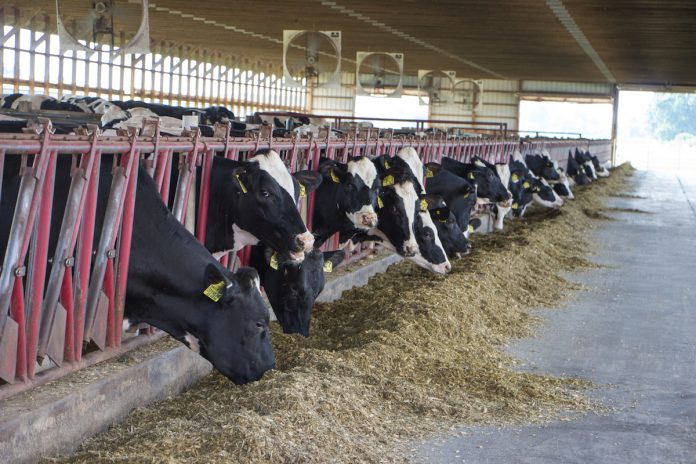As we rang in the new year in 2020, Ohio dairy farmers looked forward to strengthening milk prices and a chance to update and rebuild after five challenging years. How differently that year turned out to be.
As we wrap up the 2020 business year, I suspect it may look much like 2019 did. Will there be variation between farms? Absolutely. Milk prices vary from farm to farm based on component production, quality and quantity.
Unexpected factor
An unexpected factor in 2020 will be how Class III processors handled the huge negative producer price differentials in June, July, October and November. Some Class III processors passed on the full deductions to their producers. Others passed at least some of the higher value of Class III milk back to their producers.
The Federal Order 33 Statistical Uniform Price (Table 1) was $15.85 in 2020, $1.36 lower than 2019’s $17.21 per cwt. The U.S. Department of Agriculture’s (USDA) 2020 Ohio All Milk Price (AMP) was $18.18 per cwt, 54 cents lower than 2019’s reported $18.72 per cwt.
Ohio’s AMP is comparable to the average milk price received by farms in the 2019 Ohio Farm Business Summary, $18.62 per cwt.
Analysis
So how did 2019 look for Ohio’s dairy farm business summary farms? Twenty-one farms participated in the 2019 analysis. We will look at data for 17 conventional farms with completed analyses.
Herd sizes ranged from 60 cows to nearly 1,200 cows with seven herds milking more than 500 cows and six herds milking 100 to 200 cows. Net return per cow averaged $249 per cow, ranging from the two highest farms generating more than $1,000 per cow to the lowest four farms generating net losses per cow of up to $800.
Positive net returns are needed to make principal payments, pay family living expenses, income taxes and provide funds to reinvest on and off the farm.
Feed costs
The highest cost on dairy farms continues (and will continue) to be feed costs. On average, 54% of total costs went toward feed costs. For the high 20% farms, 51% of their total costs were committed to feeding the herd.
These feed costs are for cows, calves and heifers and includes all purchased feed, and home grown feed which is valued at cost of production.
If we learned anything in 2020, it was that the unexpected and unanticipated can happen without notice. The 2019 analysis showed that some farms made decent returns and others struggled. The 2020 analysis will show the same. That is good news and bad news depending on which group you will fall in.
The trick is getting and staying in the group that makes decent returns, even in years that we would characterize as not the best. Another piece of good news is that the farms that make the high 20% are not the same every year.
Why is that good news? Because those farms are consistently in the high 50% and have the opportunity to have high 20% years.
Know your numbers
How do you get there and then stay there? You have to know your real, accrual adjusted numbers. You get there by using accurate financial analysis numbers to evaluate the farm’s position and progress, and using them to make informed management decisions.
Farms are now gathering information for income tax preparation and starting the new year’s bookkeeping. It is also time to get analysis started and finished. Much of the same information is used.
Get started with your farm’s financial analysis starting with your 2020 business year. Contact me at shoemaker.3@osu.edu or 330-257-3377 to get started now.














